Majestic Express – iBasso DX160 DAP Review
iBasso DX160 is the latest DAP from iBasso, and it comes to tell us once again that they can outdo their own previous work, which was the DX150. With a price tag of 400 USD, it is 20 USD Cheaper than FiiO’s M11, which will be one of its main competitors. There’s also iBasso’s own DX150 running AMP 9 (for fun), and Opus #3. Bonus comparison with Hiby R6 included as well. For pairings, I picked FiiO’s FH7, iBasso IT04, Beyerdynamic Amiron, Campfire Atlas, iBasso AM05, Verum One, and Grado SR80e from different shapes, sizes, and price points, exploring the abilities of DX160 the best I could. It is available in Black, Blue, Red and Silver, and the version explored in today’s review is the Silver Version. An Android 8.1 DAP with Dual CS43198 DACs, 4.4mm outputs, BT 5.0 and up to 13 hours of battery life, DX160 is sure to be fun to play with.
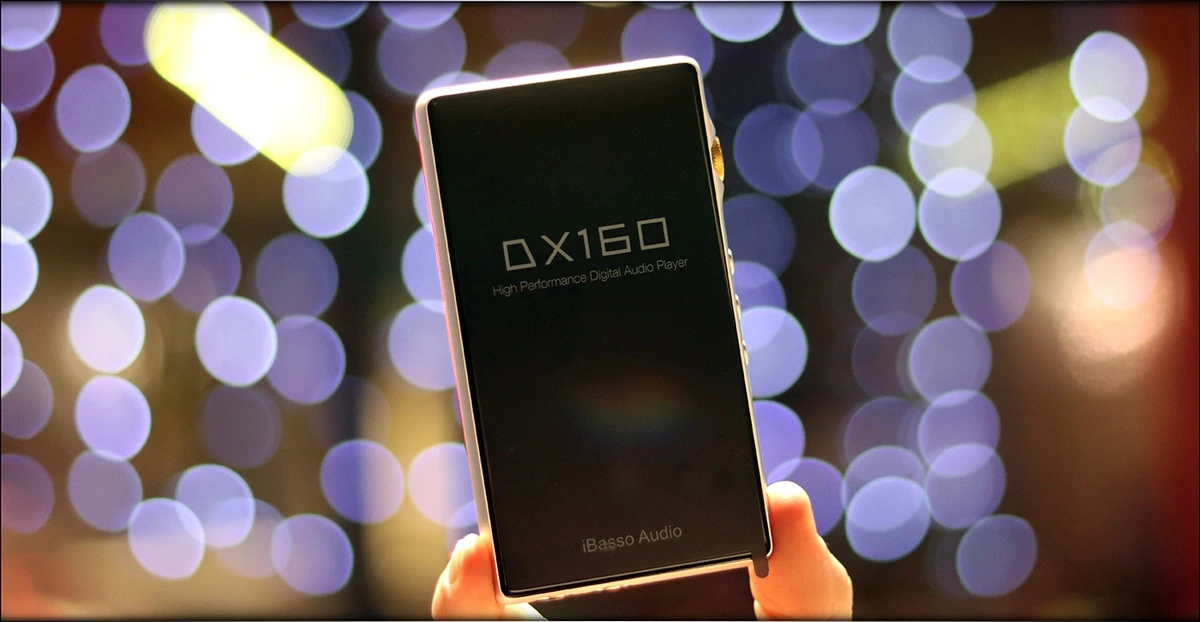
Introduction
iBasso is one of those companies who knows how to pursue the dreams of their customers before committing to a product, in time having gained a fanbase that really knows what it feels like to know someone cares about your desires. Indeed, iBasso have put a lot of heart into their products, and never fail to impress when it comes to their products, having greatly outdone all expectations with their DX220 and AMP9, but also having set high bars in the past with their DX200. Even when designing an entry-level IEM like IT01 and IT01S they managed to offer proper support, and proved that a product made by iBasso will last a long time. There have been very few warranty claims, and if you explore forums like Head-Fi, you’ll find that all their customers are happy with their products and the service of iBasso.
It should be noted that I have absolutely no affiliation with iBasso. I’d like to thank iBasso for providing the sample for this review. This review reflects my personal experience with the iBasso DX160. Every opinion expressed is mine and I stand by it, the purpose of this review is to help those interested in iBasso DX160 find their next music companion.
Product Link
You can always purchase iBasso DX160 from www.amazon.com here: https://www.amazon.com/iBasso-DX160-Performance-Digital-Player/dp/B07XWRQBTK/
Packaging
First things first, let’s get the packaging out of the way:
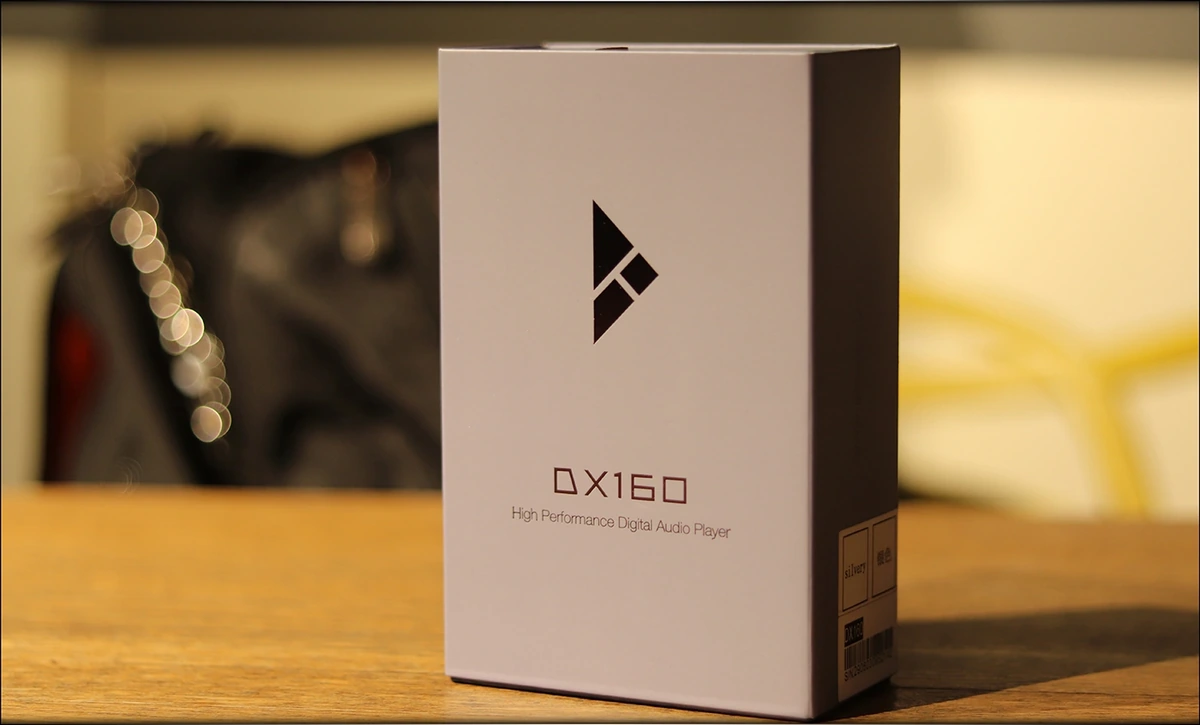
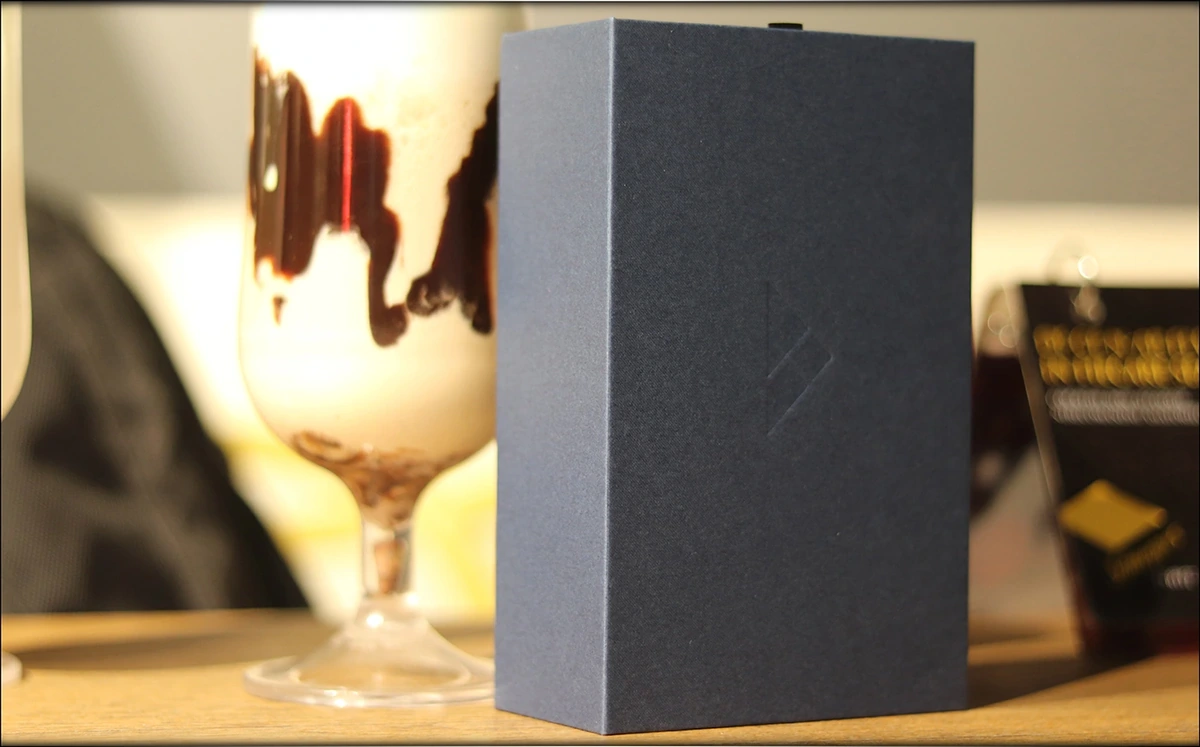
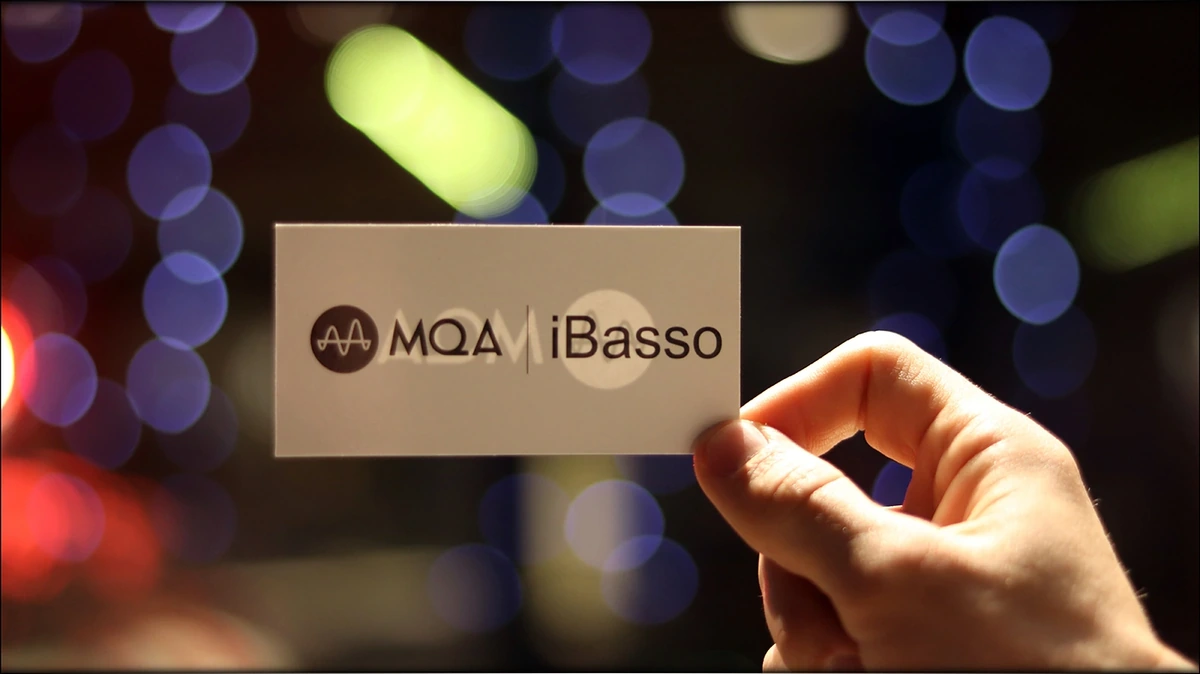
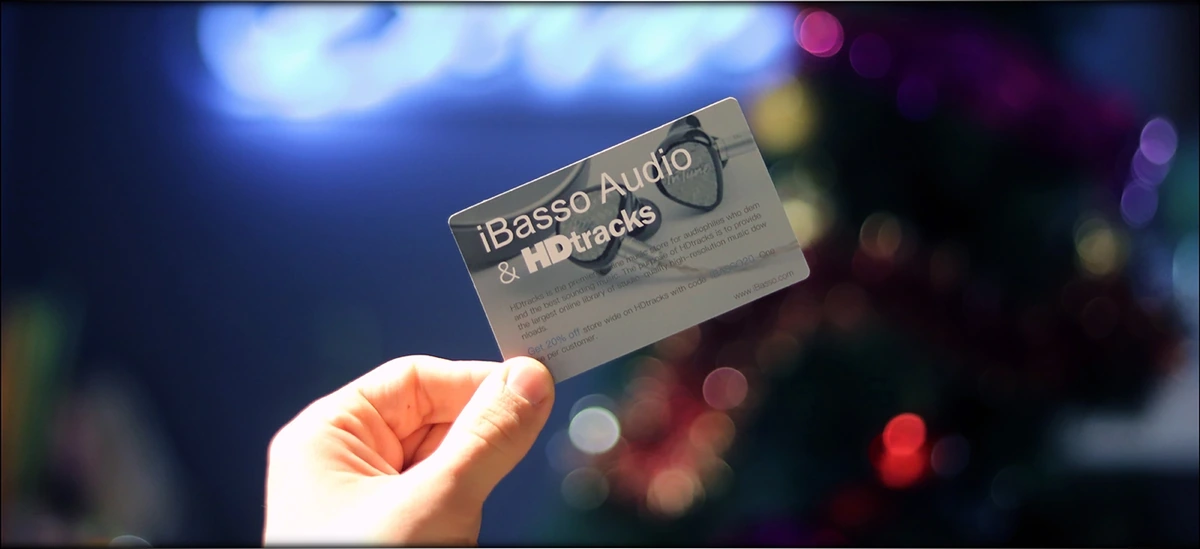
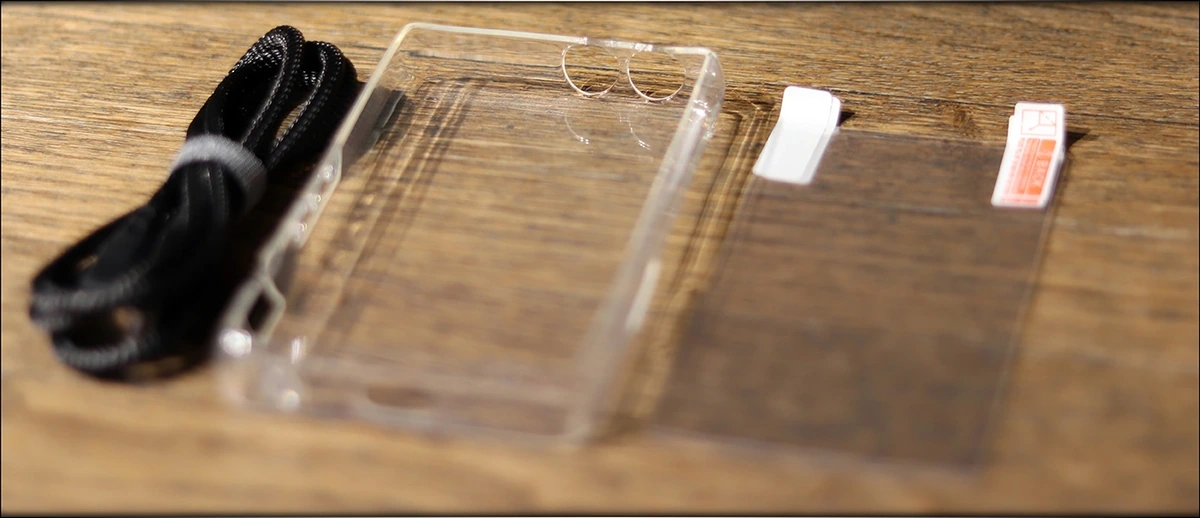
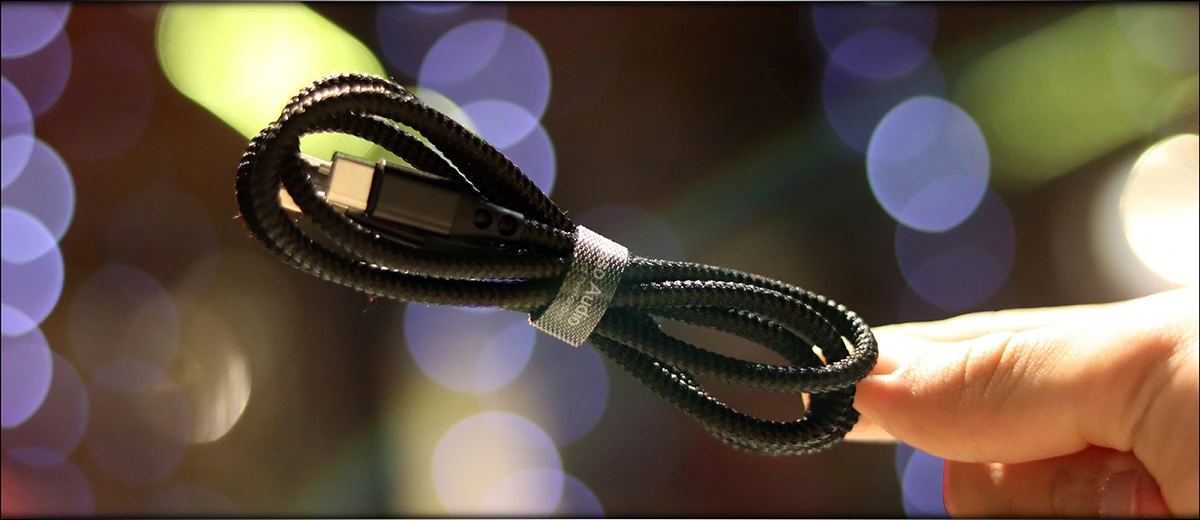
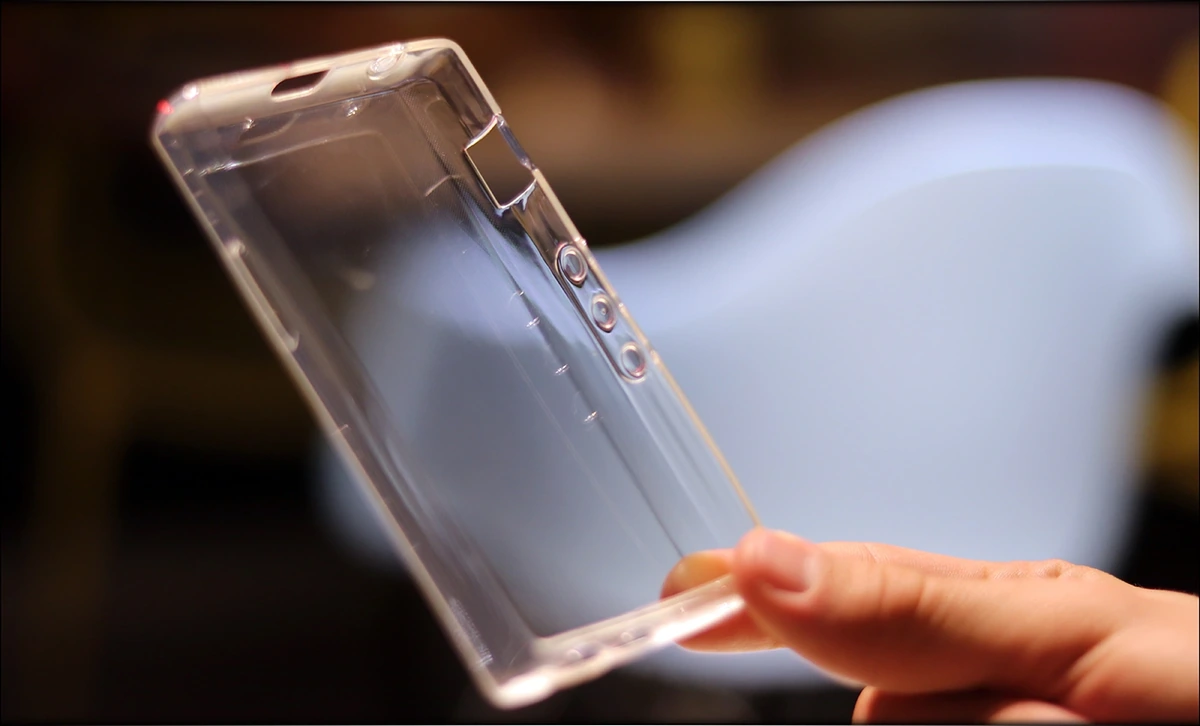
Besides FiiO, one of the companies who makes a great package, there’s also iBasso, who makes a package that’s just as impressive, if not even more impressive at times, having outdone themselves with previous DAPs like DX200 and DX220. With DX160, they are back one again, and although some of their IEMs, like AM05 may have slightly simple packages, DX160 really impresses.
This time it isn’t the design of the package, as much as the raw contents and the modern, elegant and impressive way they are presented. You will get a carrying case, a high quality USB cable, and a spare screen protector with DX160.
There’s also the manuals, along with the warranty card, as well as the MQA card, which tells you that DX160 can decode MQA signals, and you will have access to the best music even if you’re into streaming and on-the-go.
What to look in when purchasing a high-end DAP
https://www.audiophile-heaven.com/p/what-to-lookl.html
Technical Specifications
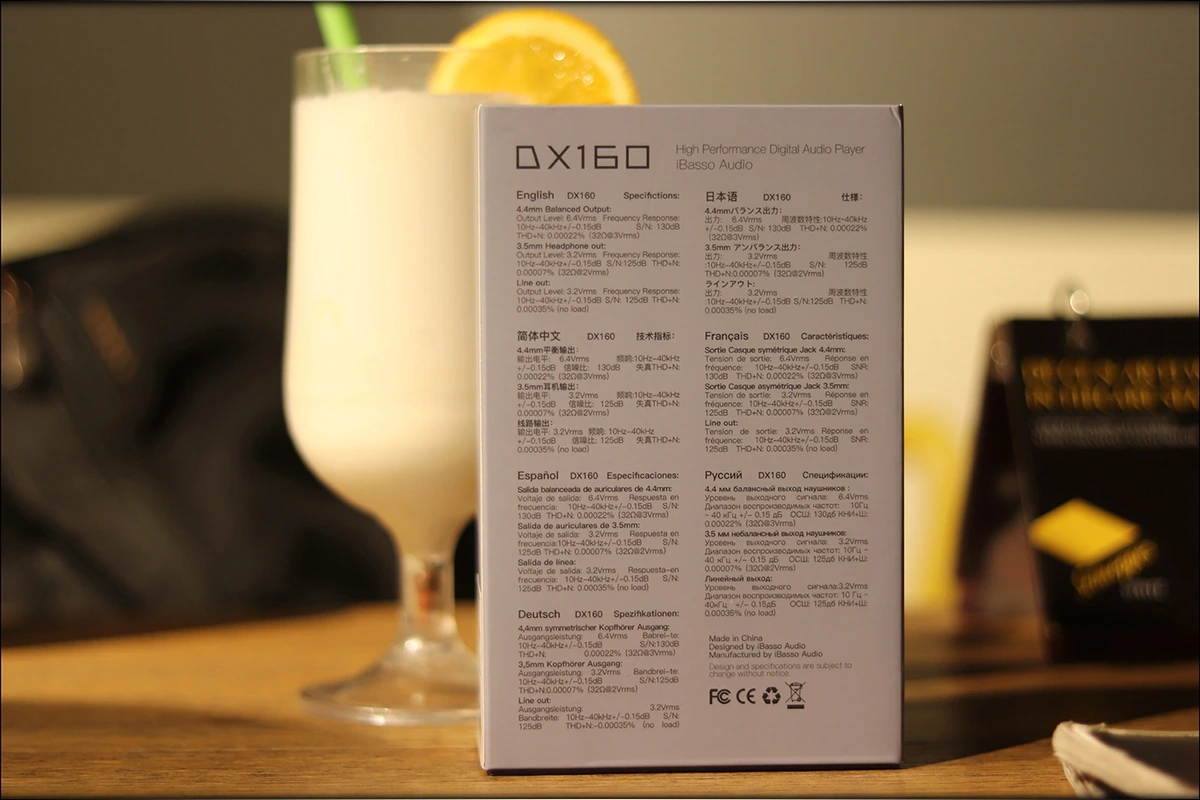
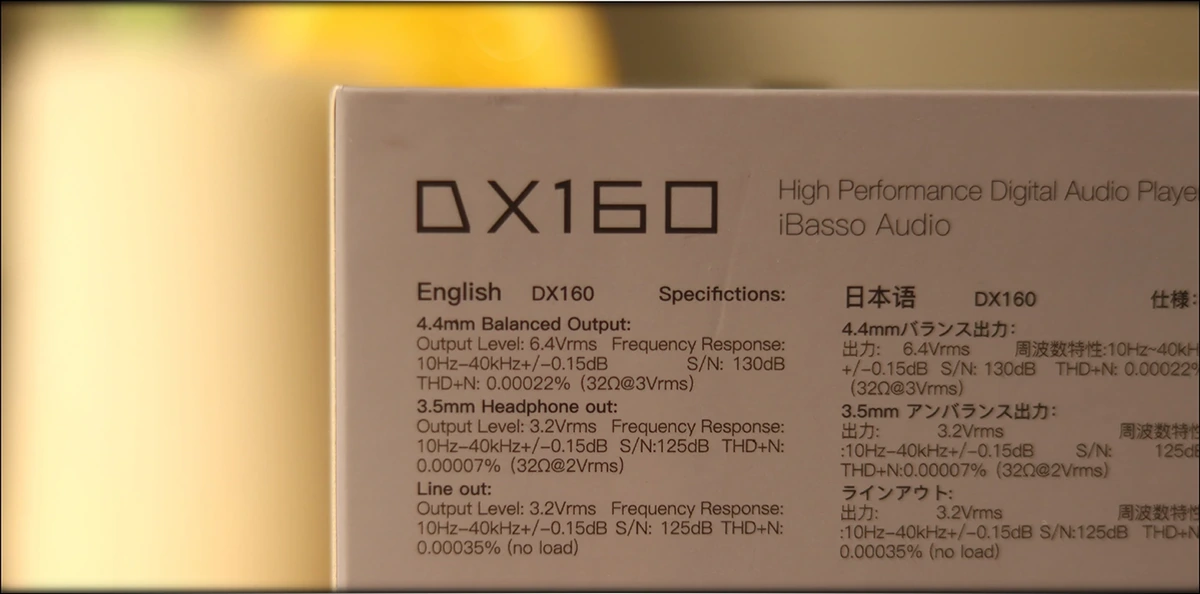
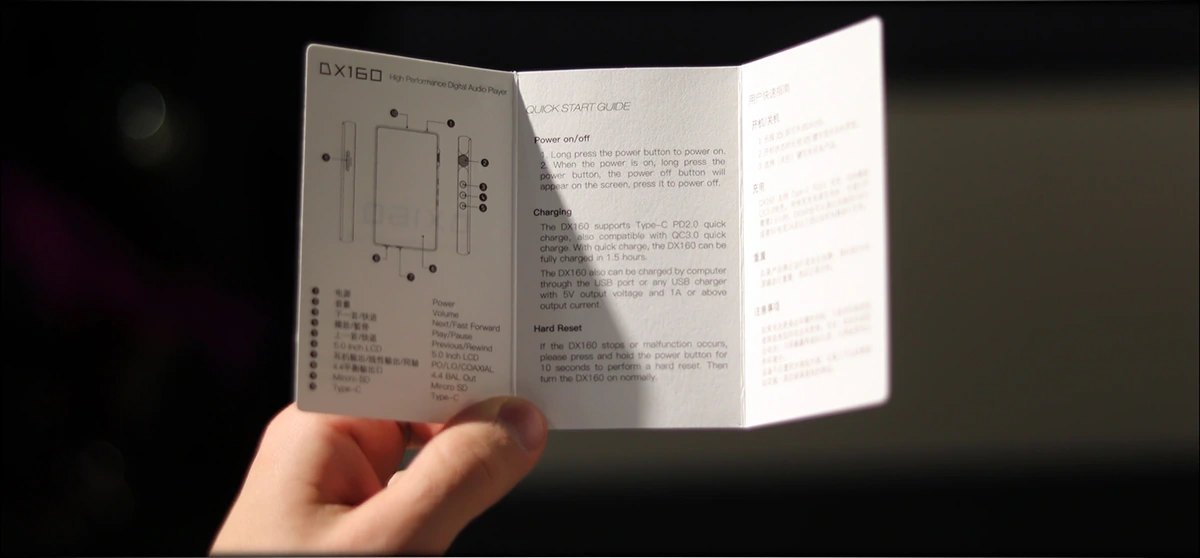
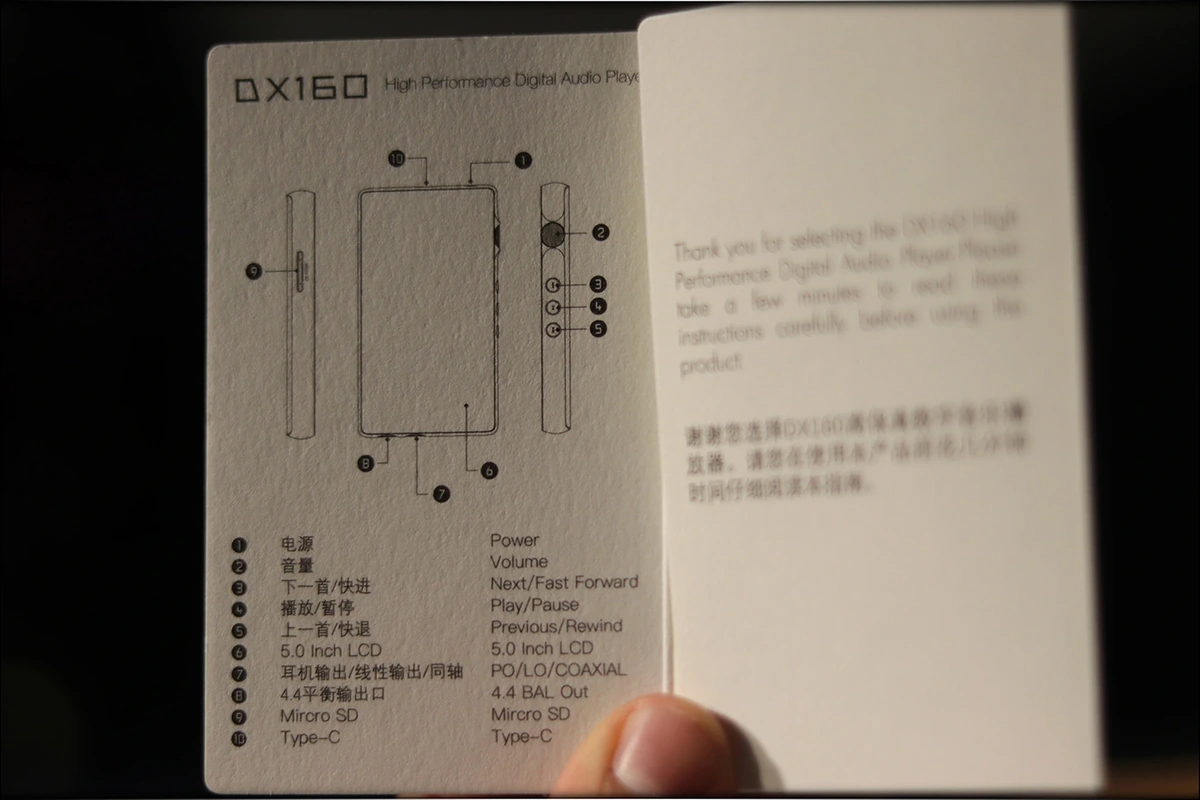
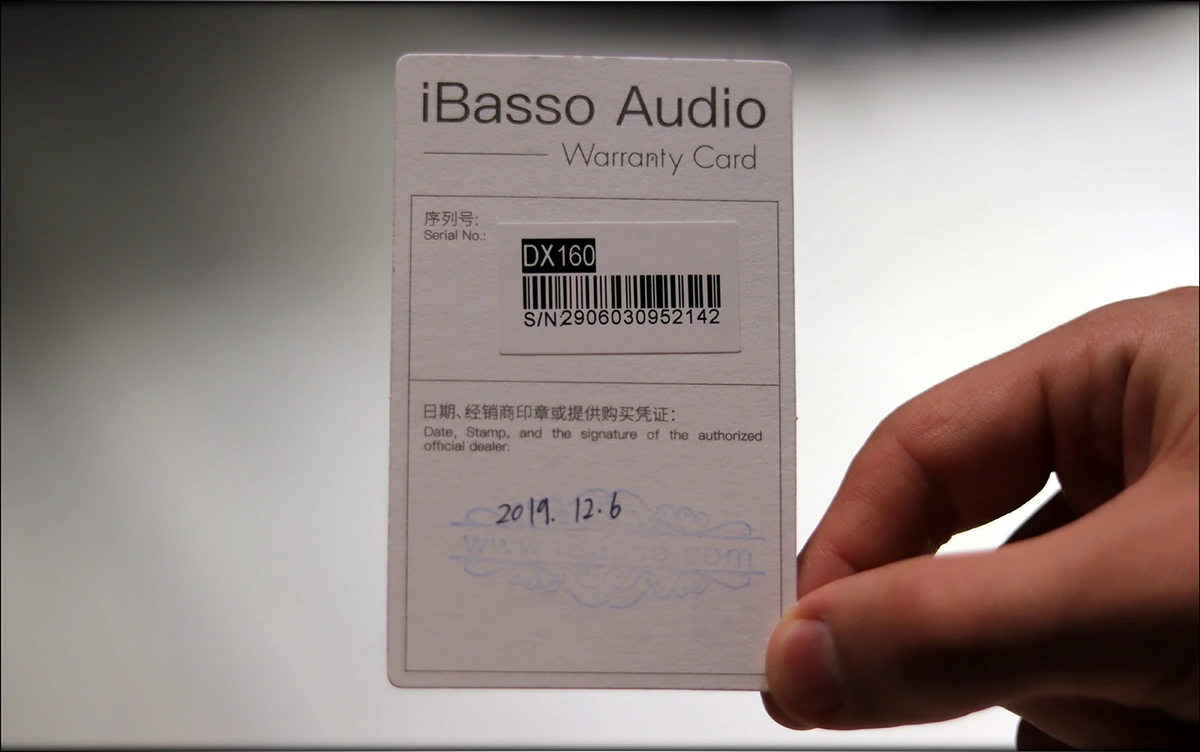
Build Quality/Aesthetics/Functionality
Build
Starting with the build quality, DX160 is pretty much the tank iBasso promises it to be, having a full metallic body, but with a glass display, and a glass back. It comes with screen protectors applied on both, and this time around I have not been able to scratch it during the photo shoot, so we can all congratulate iBasso on designing better screen protectors for their products. The entire device is now curved, and holding it in hand feels more like holding a high-end smartphone than what holding an audiophile DAP felt years ago, you can forget about the corners like what QLS QA361 used to have, or even DX150‘s design, which was considerably less rounded, iBasso went full-out with DX160, and on making it as ergonomic as it was humanly possible.

DX160 is pretty light at 170 grams, at least compared to FiiO M11 which is 210 grams in weight. On the right side of the device you can find the low-profile volume wheel, along with the playback control buttons.
Display
Besides the huge, colorful and bright display at the front, which is an IPS display, with 1080p FullHD Resolution, you can find the buttons, inputs and outputs on the sides. At the top, you can find the power button, and the USB Type-C port. You can use DX160 as a DAP, but also as a USB DAC, so having that port is actually quite handy. I also love the positioning at the top, as you can keep it on your table, and read the display, without having to turn around the DAP when doing so.
Not only the display is bright enough for proper outdoors usage, but you can even switch the resolution of the display to a lower one. DX160’s display runs at a 1080p full HD resolution natively, but you can actually turn it down to 720p, and it will eat less battery.
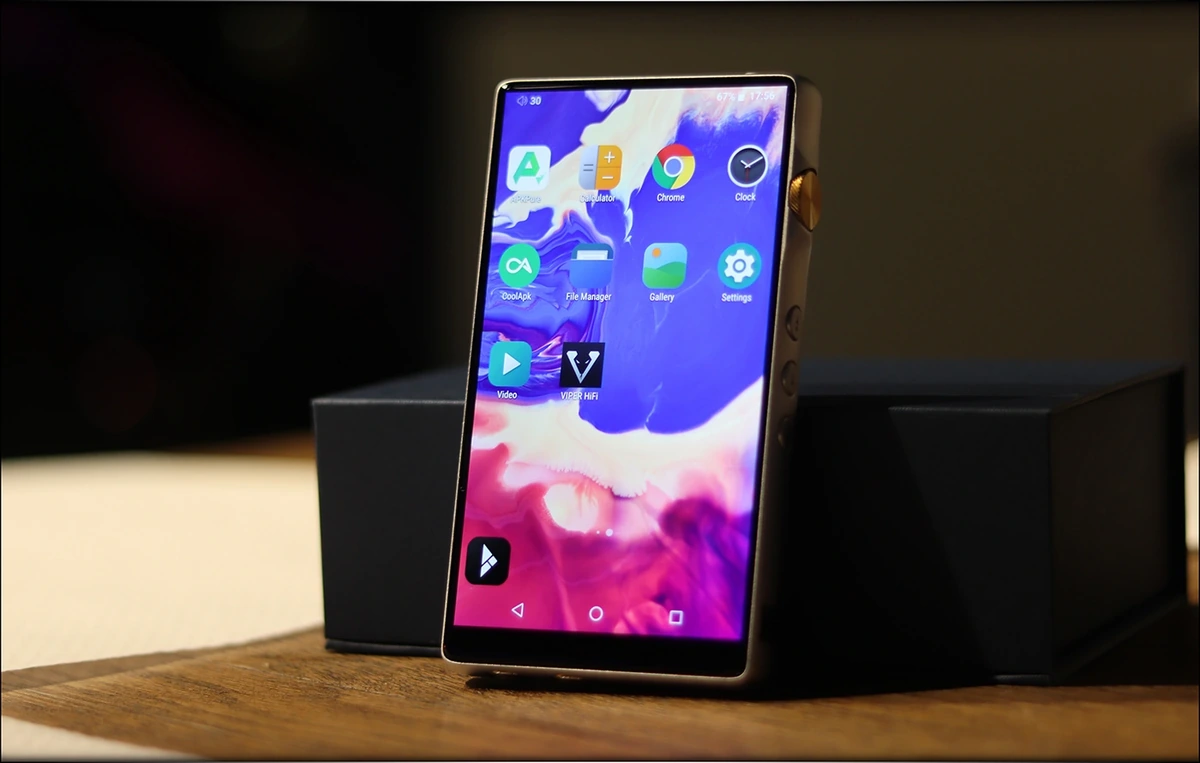
The colors of the display are stunning, and although most people don’t stare blankly at their cover art for hours, I admire having a spot of color in my life. I love the brightness for outdoor usage, it is more than enough to see everything in full summer. It is also crisp enough for those who don’t like seeing pixelated images, and there’s no lag, so the beautiful design is complimented by proper hardware.
Battery Life
Speaking of the battery life, DX160 is a pretty battery-efficient device, which has a lifetime of about 13 hours, at least on paper. Since this paper battery life is usually tested with MP3 files, medium volume, and the screen turned on about 10% of the time, I went ahead and did some tests on my own.
In my actual tests, I was able to get about 11-12 hours on Single Ended, blasting DX160 at loud volumes, with both IEMs, and large headphones like Sennheiser HD660S, Audeze LCD-MX4, and HIFIMAN Sundara. On the Balanced port, I got around 9-10 hours in similar conditions, using Dunu DK-4001, with their modular cables, or pairing Dunu Hulk with HIFIMAN RE2000 Silver, and running it into the Balanced port of DX160.
Internals
Although iBasso priced DX160 at a lower price than their previous releases, they haven’t given up on Dual DAC designs, and DX160 now comes with Dual CS 43198 DACs, paired with a high voltage delivery of 3.2 Vrms on Single Ended and 6.4 Vrms on Balanced.

iBasso also relies on 2 GB of RAM, 32 GB of internal memory, having a single microSD slot on the left for you to browse your music. The Android OS takes almost 8 GB of memory by itself, though, so you have about 24 GB of free space for storing music and other files. I always recommend getting a microSD card, and using the internal memory for apps and for the system files. DX160 has OTG compatibility as well, and testing it with two different OTG cables, a microSD reader, and my backup music card, I was able to get proper transfers, everything loaded right up. It won’t be practical for outdoors usage, but if you’re at home, you can hook up DX160 to a larger data bank, like an external HDD, especially if it is self-powered.
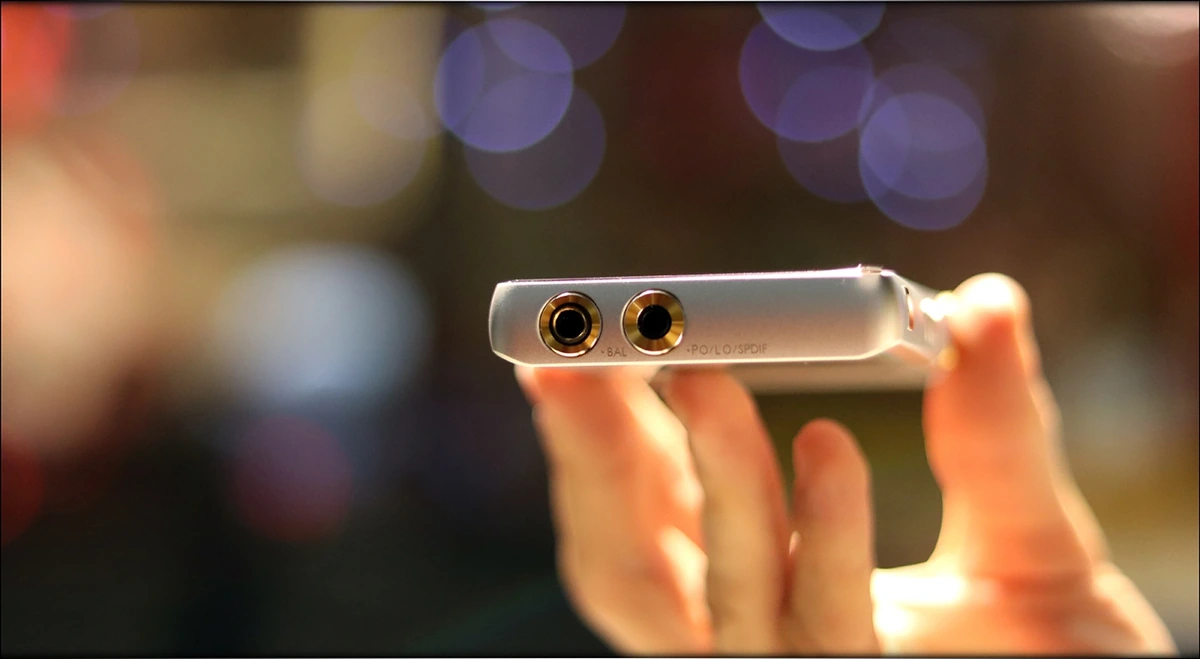
DX160 also has an octa-core CPU, and b/g/n/ac Wifi, as well as Quick Charge, meaning that it will charge considerably faster than DX150, from almost 4 hours for DX150, to 2.5 hours for DX160.
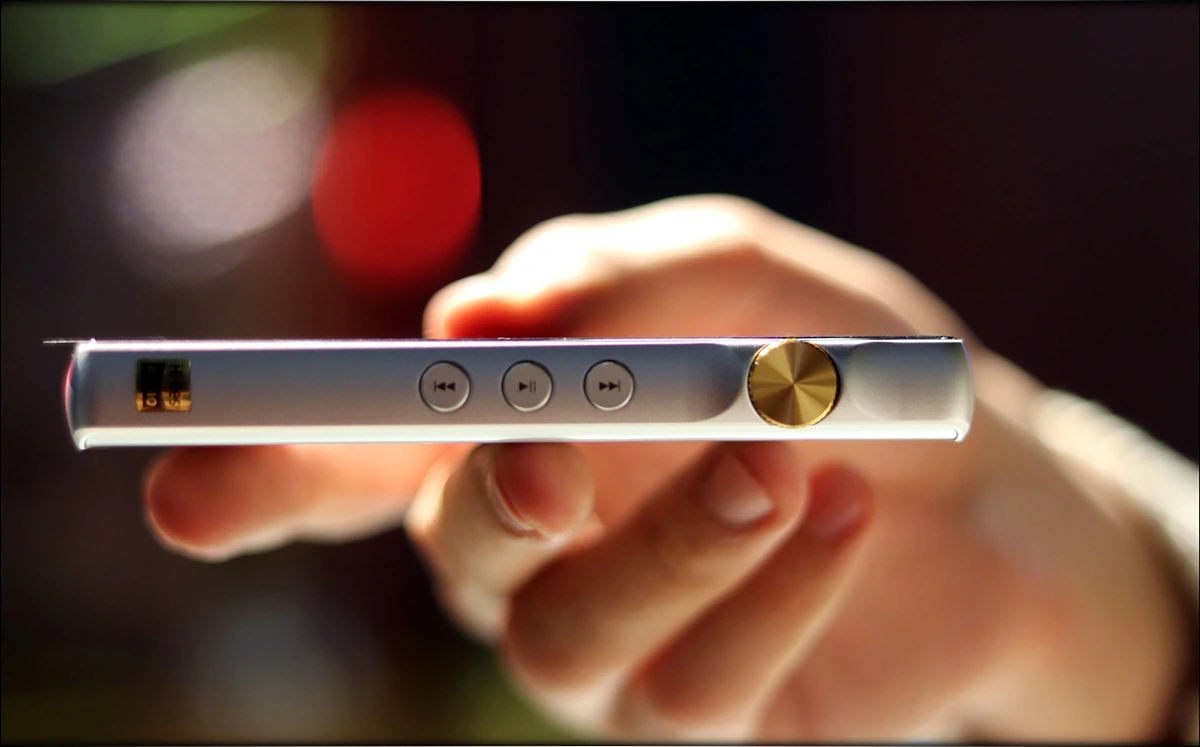
At the bottom of DX160 you can find a Single ended, 3.5mm TRS output, and a 4.4mm Balanced TRRS output. The 3.5mm output can also act as the Line Out of DX160, but also as the SPDIF output.
Software and Navigation
Coming with Android OREO 8.1, this is one of the most modern DAPs on the market at the moment of making this review. By comparison, M11 comes with Android 7 instead. Instead of Google Play, you have to use either APK Pure, or Cool APK to install apps.
You have a really smooth overall system, but the fun part is that you can navigate DX160 in pocket mode, bia the browsing buttons, but now it can also connect with your smartphone, and you can use it as a remote. This new type of Wireless usage is actually quite interesting, and some apps integrate it better than others, but since it has Bluetooth 5.0, which is Bi-Directional, you can use DX160 as a Bluetooth receiver, like FiiO BTR 5, and also as a Bluetooth transmitter. This makes it a skeleton key for your media, and it is just so easy to use it with practically everything you may have around.
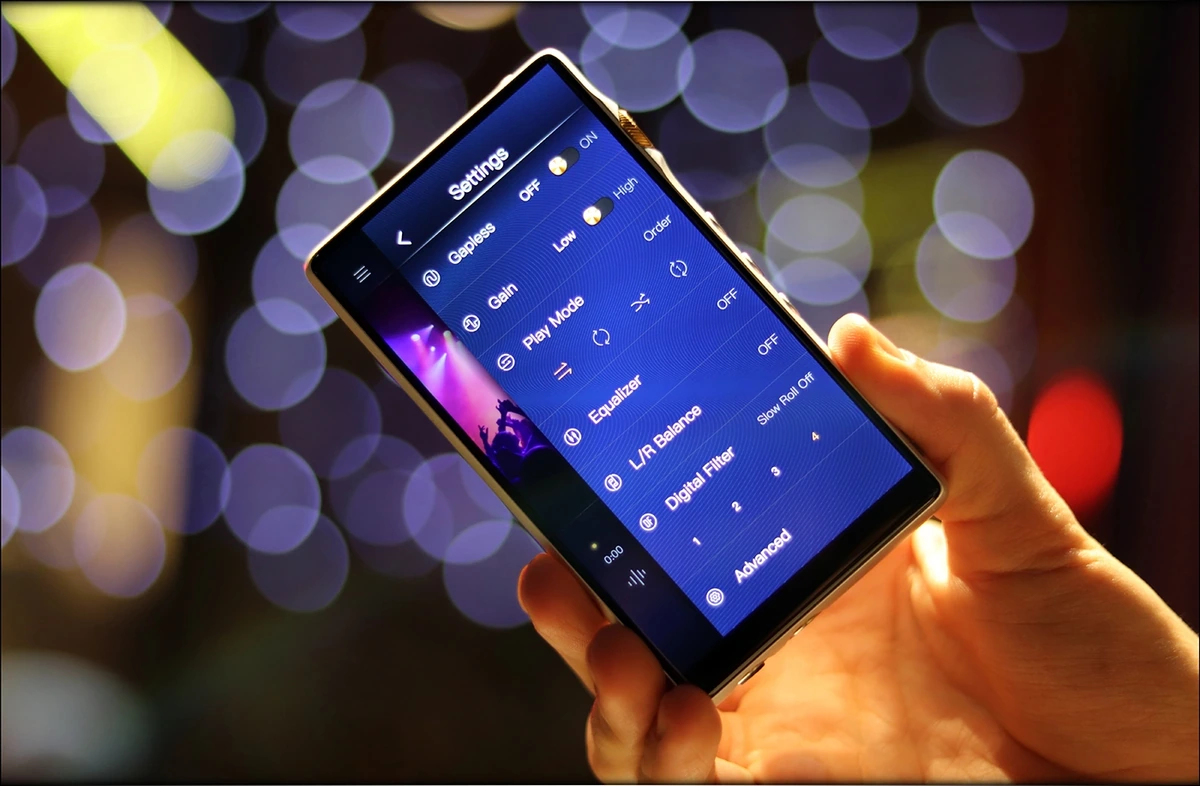
You also have full Bit Perfect decoding, so you know you’ll only hear what is in your music, no DSP, no effects, and nothing else, but you also have full MQA decoding out-of-the-box. Using Tidal, you can have access to MQA without any further codecs or settings enabled, and you can enjoy Hi-Res music on-the-go, if you use your smartphone to make a Wifi hotspot and connect DX160 to it, as I’ve been doing in my experiments.
If you need it, you can download Google Play, and use apps that require Google Services to work. This time around there’s no Mango OS Dual boot system, but you have iBasso’s Music Player there, and it is the one I grew to use the most on DX160.
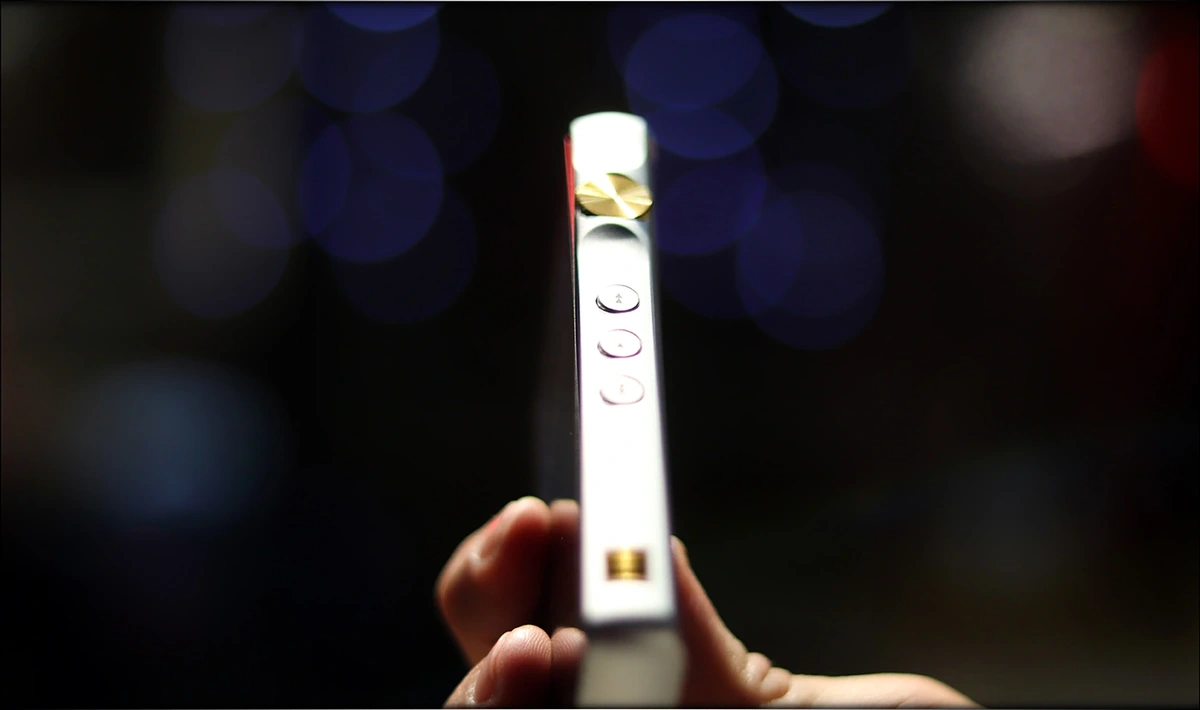
If you’re into DSP and EQ’ing your headphones / earphones, DX160 comes with both PMEQ and Graphic Equaliser. The PMEQ is on par with the one found on DX220, and it has a ton of settings, including variable Q factor, which runs from a value as low as 0.3 up to 20. The values of the Gain go from -20 and +20 dB. There is no loss in volume when enabling the EQ, so you don’t have to take the time to adjust to it, but I suggest to be careful when using it, because it helps a lot if you know what you’re doing, but a sharp knife is best used when wielded with care. There’s also the Graphic EQ, but you need to keep in mind that you can only use either the Graphic EQ or the Parametric Equaliser, and you cannot engage both at the same time. The graphic EQ has 10 bands, and you have five default presets.
I always browse my music by Folder Browsing, because I have the best control of making my own folders, but for those who want a more complex browsing, you can browse by Artist, Genre, Album, and you can also use Playlists.
Video Review
iBasso DX160 First Impressions Youtube Video Review: https://www.youtube.com/watch?v=HImEDCrl6ZI
iBasso DX160 After One Month In-Depth Video Review: https://www.youtube.com/watch?v=qKmUMp-yOeg
Sound Quality
Even compared with my initial impressions from my video reviews, at this point, I had the chance to explore DX160 fully, with both full sized headphones, and IEMs, compare it with DX220, Mytek Brooklyn DAC+, FiiO M11, and others. I paired it with Clear Tune Monitors CTM Da Vinci X, Kennerton Thror, Audeze LCD-MX4, FiiO FH7, and iBasso’s own IT04, to get a good idea of where the signature of DX160 lies exactly.
I could call DX160 probably the best reference, the most correct, and the most natural DAP in the 400 USD price range. It isn’t particularly neutral, and doesn’t have that digital-ish treble tinge of M11, the one I kept mentioning about, and thanks to its black background, you get a much better resolution than what you’re probably expecting from the price point. The sound also feels snappy and quick, it is nimble, and has an astoundingly large soundstage, with excellent instrument separation.
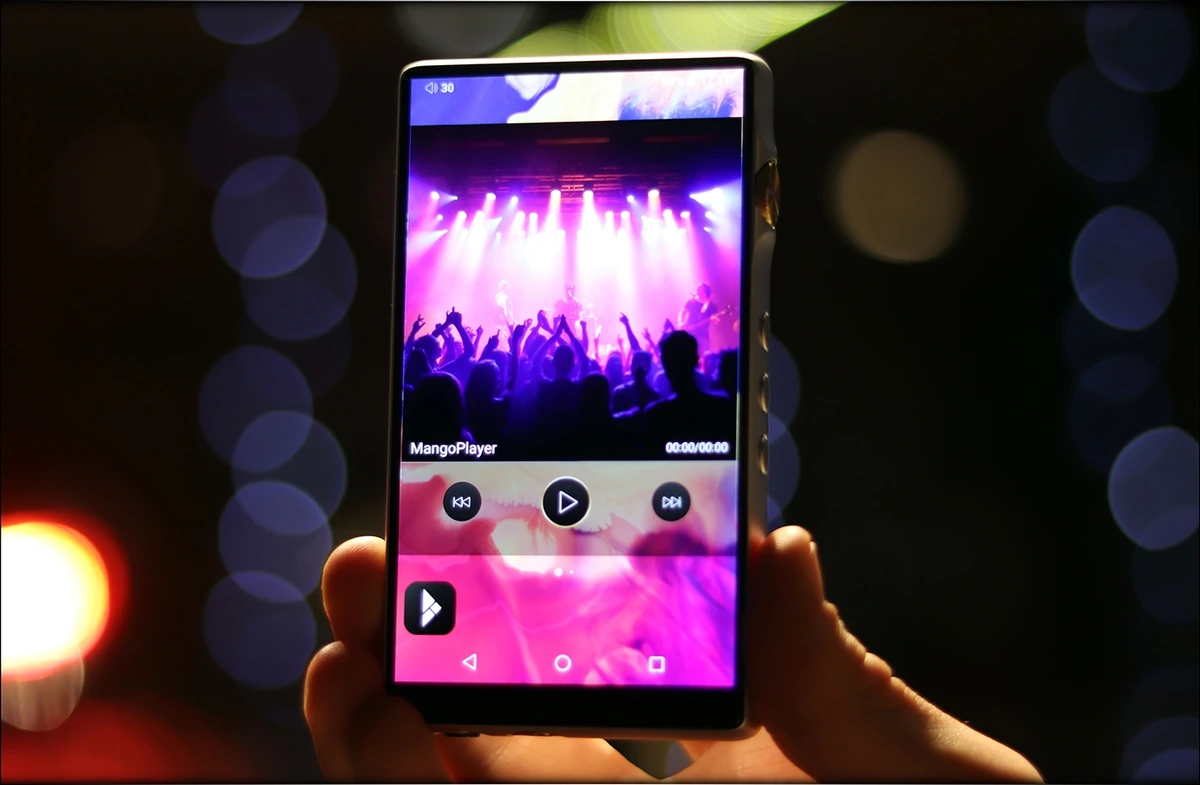
This isn’t to say that you’re wrong if you like a lighter presentation, or a darker one for that matter. All that matters is that you find something you love and enjoy, so I’m doing my best describing everything as it is, and the bass of DX160 is one of those quick bass that doesn’t necessarily impress by being thicker than what is reference, but it impressed me for sure with the speed and resolution. For bassheads, you can always increase the bass presence, as well as the depth and impact, by adding a few dB from the Parametric EQ, or the graphic EQ. For more depth, you increase the first slider of the EQ (~30 Hz), while for more thickness and more impact, you increase the second one (~60 Hz). To make the entire sound warmer, you increase the third slider (~100 Hz).
There’s just a tiny bit of bloom in the upper bass towards the lower treble, and this gives the sound a bit of warmth, making the entire midrange really pleasant. The big thing here is that just like the mighty-sounding and pretty high-end DAP, QLS QA361, iBasso made DX160 a bit more wet in character, so it doesn’t sound dry or reference, thus making everything fluid. The midrange is not overly rich, and it isn’t heavy, but it has a sweet tinge to all musical notes, guitar notes in particular, like those on Dance Gavin Dance – Strawberry’s Wake, or their Prisonier song having an especially appealing glow to them.
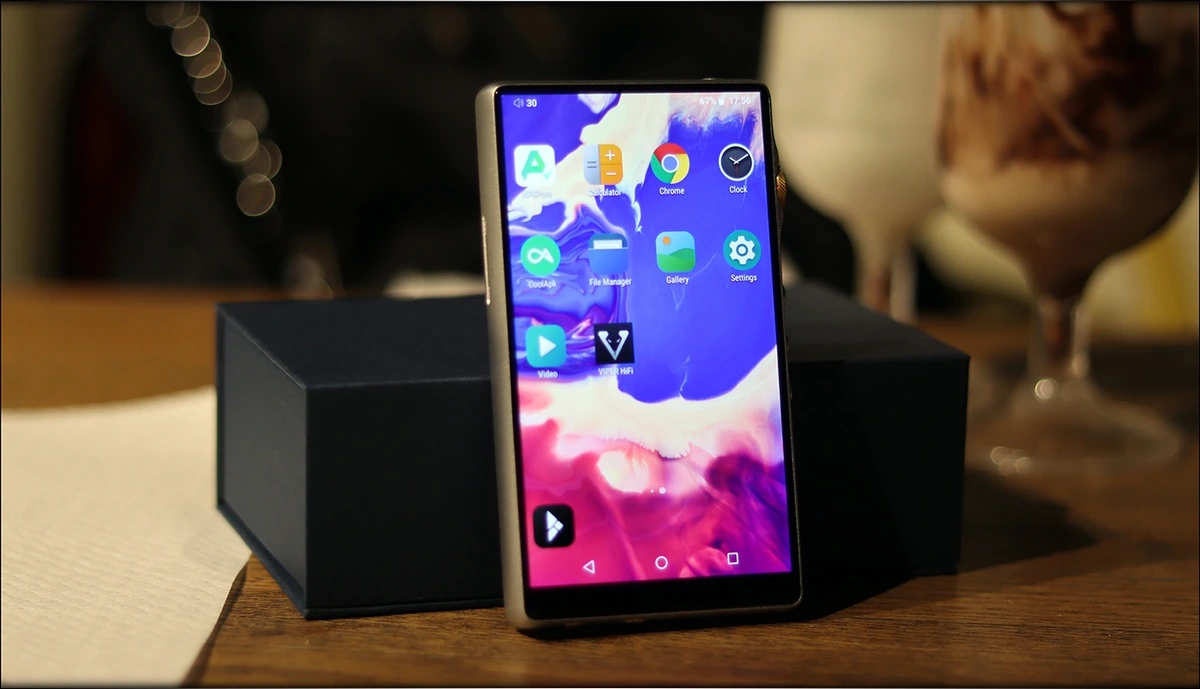
The treble is on the softer side, especially compared to DAPs like DX220, but it sounds more wet and more natural, compared to the slightly digital treble M11 has. Not only this, but the upper treble extension didn’t have to suffer for this little transition, and while I’m in love with some treble sparkle, especially with metal music, I appreciate this type of softer presentation a lot, and DX160 is exactly what I’d go for if I wanted to make sure my DAP pairs well with everything I have. The soundstage is crazily expanded, especially in width, but without losing focus, and instead of the stage sounding vague, it sounds large, and well separated, precise. The stereo imaging thus is stellar and so is the overall perceived detail of DX160.
There’s a little difference between the balanced and the single ended outputs of DX160, and I hear a better dynamic delivery, with a more snappy presentation from the balanced output. Especially when listening very loud, the Single Ended sounds softer, while the Balanced output sounds more precise and quicker.
Portable Usage
Things get even better when you start tweaking and playing with DX160, because you can get OTA updates, and the latest brought me some good clean fun. All Streaming services, like TIDAL, Spotify, SoundCloud, and even rare ones like ROON and IDAGIO work on DX160 just fine.
With MQA Unfolding and native MQA processing, you can see an improvement in the sonic quality, especially for the albums that can be found in hi-res formats. Unfortunately, for an old-style rock / metalhead like me, very little of my music collection is available in those formats, but I can enjoy some high-quality classical, and notice minute improvements, which, when consumed in the silence of my room, are too delightful not to mention.
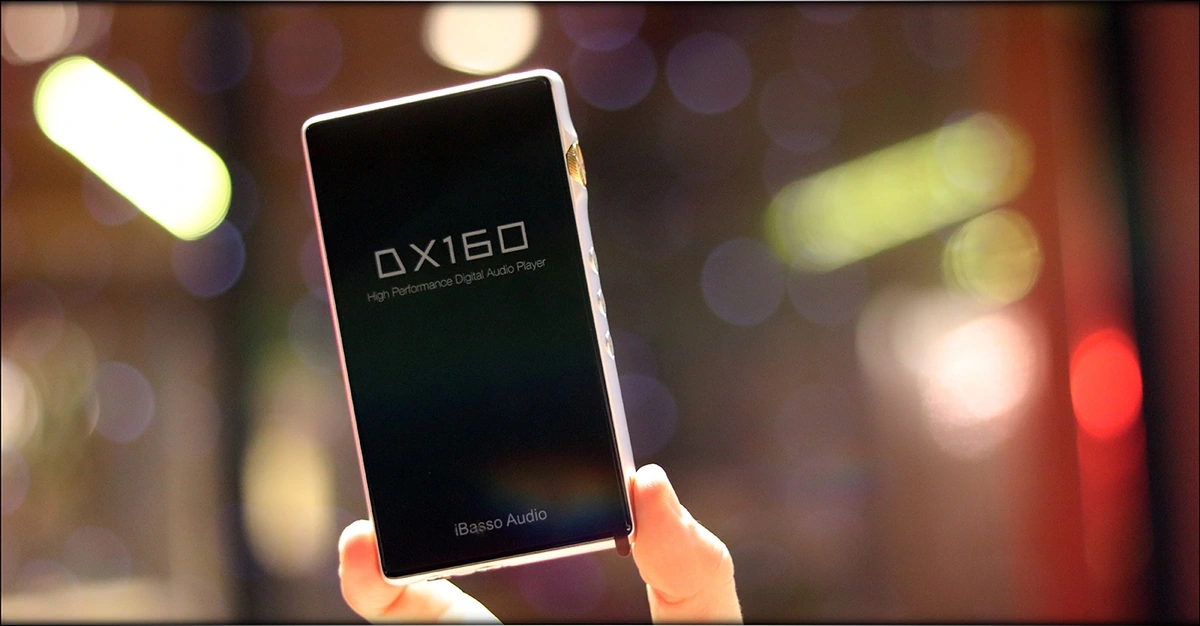
You can use DLNA if you install third party services, so you can look at Plex, Hi-Fi Cast or BubbleUPnP if you’re interested in those, but you will need both Google Play Store and Google Services for that.
There is Bluetooth 5.0 on DX160, and this means both a better maximum range, but also bi-directional communication. The Bluetooth protocol also isn’t quite as important as the codecs available, but DX160 has LDAC and other high-quality codecs, like aptX.
When you pair DX160 with something like Lypertek Tevi, you lose the advantage of its amplification and the DAC of DX160, but you have the advantage of portability. This is the best part about DX160, it can do literally anything, from being a portable transport, to being a DAC in a large speaker system, like when using Taga Harmony 806F, and act as your main DAP, when driving headphones, like Rosson RAD-0, IEMs, like Dita Fidelity or Fealty, or when driving something more controversial, like the Electrostatic IEM, Shouer Tape.
iBasso has their own IEMs as well, which are the IT01, IT01S, IT04, and AM05. There’s also an iBasso headphone out there, named the SR-1, which I hope I’ll get to hear one day. Everyone one of iBasso’s IEMs has a unique signature, and I suggest clicking on the name of each, to follow to my full in-depth review, but the short version is that if you’re a basshead, you will love IT01 or IT01S, and if you like a natural, more mid and treble-focused sound, that is light, yet snappy, you will enjoy IT04 and AM05 quite a lot.
Comparisons
For the comparisons part of this review, I went with DAPs and solutions in the same price range, at the moment of writing this review. I even went ahead and explored slightly more expensive products, because iBasso is totally able to keep up with competition that’s even more pricey. The main competitors for DX160 in Today’s Review are Opus #3, Hiby R6, FiiO M11, and iBasso DX150.
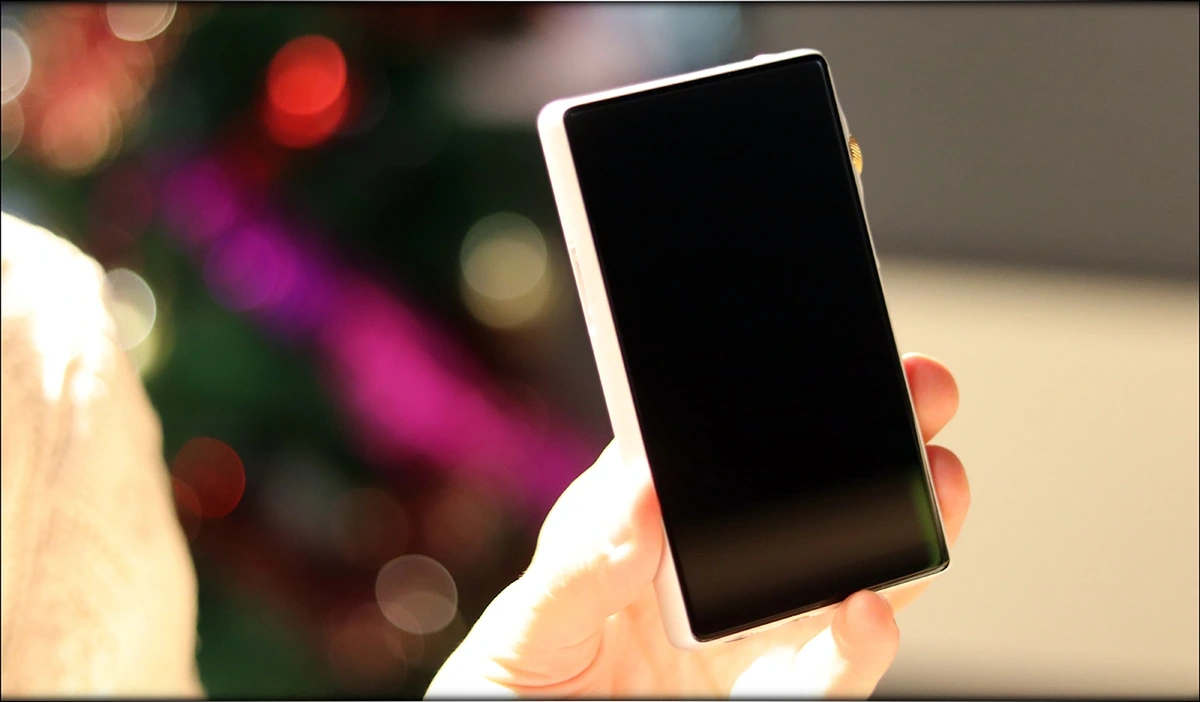
iBasso DX160 vs Opus #3 (400USD vs 650USD) – Opus #3 was the thing to get back when it was released, and TheBit still sells quite a few of it, thanks to the magical sound it has. The sound was always really dynamic, punchy, and energetic, #3 having enough power even for some harder to drive headphones, like Ultrasone Signature DXP, but it never had quite enough power for something like Audeze LCD-MX4. Thanks to the latest advancements in technology, a DAP costing just 400 USD can now drive titans, HIFIMAN Sundara and HIFIMAN Deva not posing any hardships for DX160 at all. Of course, it isn’t quite DX220 with AMP 7, and iBasso having switched to a more compact AMP module design is something to take into account, as DX150 has more power, but it isn’t quite as ergonomic as DX160. Speaking of which, I appreciate some industrial-looking devices, but the level of ergonomics of DX160 is simply much better in 2020, and I grab it more often than #3, the shape is better, the display is more colorful, the driving power is better. The sound is actually different, with DX160 being more gentle, and #3 feeling more forward, more aggressive. #3 is also more analytical, more detailed, more revealing, but DX160 feels effortless by comparison, all music has a wider soundstage, and everything feels like DX160 can do it just fine, where #3 feels forward. If you want a more forward sound, #3 is still a really good choice, but if you want something more open, more gentle, effortless, and sweet, DX160 will be your choice. The OS, hardware, streaming abilities, bluetooth connections and overall system smoothness are not really comparable, DX160 is much smoother, has a much faster CPU, better Android integration with more apps, and it feels like a midrange smartphone, where #3 is a bit outdated right now, so if you need streaming and access to multiple apps, or if you want to use your DAP as a Bluetooth receiver and such, DX160 is the only one that offers those features.
iBasso DX160 vs Hiby R6 (400USD vs 650USD) – Hiby R6 is another DAP that is pretty ergonomic, but also quite a bit more expensive than DX160. This being said, it doesn’t have all the features of DX160, like seamless Google PlayStore integration (as of the latest updates for both), it doesn’t really have the same control over IEMs like DX160, and it doesn’t have the Bi-Directional Bluetooth like DX160. Those are things that may matter to you, so even if you already have an R 6 , and want to upgrade, you can upgrade to DX160, and although it is less expensive, it will feel like a large upgrade, especially if you were eyeing any of the features it has. The sound is different between them, especially if you’re using IEMs, because where D X 1 6 0 has a really black background with no noise, R6 has quite a lot of hissing, and given it’s 10 OHM output impedance, it sounds different with low impedance IEMs, changing their signature, usually taking away some of their warmth and bass, and making them a bit harsh and aggressive. This may work well if your IEM was laid-back to begin with, like Beyerdynamic Xelento, but it is something to experiment with, and if you really wanted to EQ, iBasso’s music all, paired with their excellent Parametric Equaliser, or the graphic equaliser are going to do the trick just fine. The main signature has more body for R6, it has a marginally better dynamic, and slightly more detail, but DX160 is larger in terms of soundstage, has more depth and width, it is more gentle, effortless, and R6 sounds more like an edgy, energetic DAP, with a good body and rich midrange, but DX160 sounds more sweet and warm, wider, and lighter.
iBasso DX160 vs FiiO M11 (400USD vs 420USD) – The big battle is at hand, and this is probably the most interesting comparison in this review, because both DAPs have been released recently, both are similar in terms of build and both have a similar driving power, if not DX160 is a bit stronger. The OS has similar abilities, and it is similarly smooth for both, and with the latest updates installed on both, they eventually look similar, at least on paper. The Parametric EQ is better on DX160, if you consider yourself to be a power user, but FiiO also has a very nifty EQ on their M11. You start seeing some differences when you get to the sonic part, because M11 sounds quite different from DX160, and they are quite far from each other in terms of signatures. In detail, revealing abilities, clarity, and refinement, they are pretty much the same, you will get similar resolution from the two. But the way the sound is presented is different, DX160 has a slightly more warm midrange, with a sweeter presentation. There is more depth to everything, and it has more driving power. M11 has a brighter top end, that can edge on sounding digital, but it also has more texture reveal, and it is more forward, creating the feeling of more dynamics, more overall excitement. DX160 has a more gentle top end, with a more wet character, which I really appreciate and enjoy, where M11 is natural in character. From the two, if you wanted a more edgy, slightly brighter, more wide, albeit edging on digital sound, M11 should be your choice, while if you wanted a deeper, gentler, wetter, sweeter sound, you’d go for DX160. If you want a really well-implemented EQ in the default app, DX160 has the upper hand.
iBasso DX160 vs iBasso DX150 (400USD vs 500USD + 250 USD for AMP 9) – DX150 uses the same AMP modules as DX220, and the DAC inside is quite capable, so it can sound quite close to iBasso’s current flagship (minus DX220 MAX which will be released soon). The big thing now is that when I paired DX150 with AMP9 from iBasso, I felt like I totally rediscovered it. The driving power is slightly lower than DX160, and for Sundara, it probably won’t do quite that well, but for other headphones, like HIFIMAN Deva, Ultrasone Signature DXP, and even Audeze LCD-MX4, you should be right in heaven. Easy-to-Drive cans like Verum One, or Grado SR80 are a sweet pairing as well. The point here is that even if you feel that AMP9 doesn’t quite cut it, you can swap it for AMP 7, and have an excellent driving power, from it, DX150 has something magic in. When it comes to comparing the actual devices, I tend to go more often for DX160 because, although it doesn’t have the modularity of DX150, it has a much better OS, which is more fluid, it has more features, and the quicker charging all make me grab it quite often. Since my AMP modules are usually strapped to DX 220, I tend to use DX 150 more like a backup, but DX 160 has been making me grab it so often, my girl is starting to use DX 220 as much as I am. If you’re having DX 150 in the default configuration, with the default AMP module, you’re getting a pretty warm and smooth sound out of it, which should be quite thick, so DX 160 will sound clearer, cleaner, wider, with more depth, and with better instrument separation. Both have a pretty black background, but with DX 160, it is better, so very quiet details are easier to notice, making it an easier choice, if you’re running a default DX150.
Pairing
The pairing part of this review will be as extensive as it is possible, and it includes iBasso AM05, Campfire Atlas, Beyerdynamic Amiron, iBasso IT04, and FiiO FH7, all of those making really interesting and realistic pairings for DX160, and showing how it will react when paired with certain transducers. On a last minute thought, I decided to add both Verum One, which tests how good a DAP is at keeping its cool with ultra-low impedance transducers, and Grado SR80e, as a good benchmark midrange headphone that is averagely hard to drive, but pretty hard to tame.
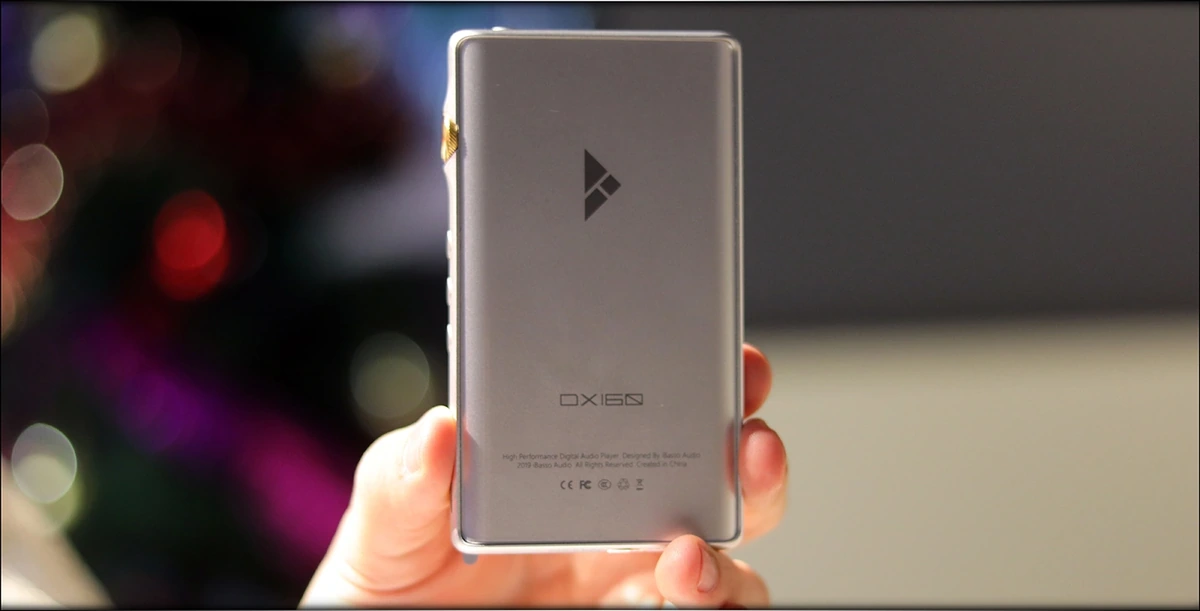
iBasso DX160 + FiiO FH7 (400 USD + 450 USD) – One of the latest IEMs I reviewed, FH7 is what I would call a full delight. They have enough sub-bass and treble extension to make you think they cost over 1000 USD, and they have the resolution and clarity to scare those weak of heart away from their analytical sound. In fact, that’s something to take into account, if you’re into thicker, warmer sounds, the FA7 IEMs are much more suited for that, where FH7 are for the analytical signature lover, for those who want to hear everything, and for those who love a large stage. DX160 makes one of the best pairings here, because it helps deliver a gentler overall presentation, and since FH7 were very analytical, with a very revealing nature, DX160 helps tame them down a bit, make them more musical, the pairing sound effortless, clean, but also airy and deep. FH7 can take a lot of EQ if you want to increase the bass, so don’t worry, DX160 and its Parametric EQ, and its Graphic EQ are going to aid you, if you’ll want to fine tune FH7, beyond the filters it already came with.
iBasso DX160 + iBasso IT04 (400 USD + 500 USD) – Pairing an iBasso DAP with an iBasso IEM feels right at home, and I’m happy to report that if you have an older release, like IT04, you’ll be happy to hear a beautiful sound from the pairing, with a natural bass, a pretty wide stage, and a gentle treble. A lot of people fell in love with IT04, thanks to their natural speed, slightly wet character, warm-ish midrange, yet really neutral presentation. Especially those who didn’t want a bassy sound, and those who wanted to explore something more open and airy, like a speaker sound, appreciated IT04, and happily DX160 extends on their soundstage, and adds to their detail and clarity. In this pairing, they have enough body to sound great with metal, and enough clarity to reveal all the instruments in a busy orchestra. If there’s any downside, you cannot use the Balanced cable, since it is in 2.5mm only with IT04, but the Single ended output of DX160 is clean enough, and has enough power to do just fine, and since they have detachable cables, you can always hook them to something like Dunu Hulk, and you’re good to go.
iBasso DX160 + Beyerdynamic Amiron (400 USD + 700 USD) – Amiron is excellent for testing how DX160 pairs with a high-impedance headphone, because you may have one like this around, especially in this price range, although I noticed that not only it did a good job with Amiron, but even with Sennheiser HD660S, where the parametric EQ came in just as handy. Amiron has a very specific sound, which extends well both ways, but it eats through the driving power of DAPs, and it can easily require you to turn Q5s from FiiO as loud as it can get. Now, DX160 once again shows a stellar performance, by having enough power to drive Amiron loud, but also having a gentle enough sound to make it musical, and sweet. The soundstage is huge, and the depth is impressive. The black background of DX160 also helps with the minute details, and you get a great overall performance. And if you want a bit more bass, the Graphic EQ is quite handy, and easy to use, just bump the few first sliders and you’re good to go.
iBasso DX160 + Campfire Atlas (400 USD + 1300 USD) – Campfire Atlas is the IEM to get when you want a grand presentation, explosions, and something that will keep amazing you over and over. If you enjoy epic music, if you enjoy explosions, and if you enjoy it all at once, Atlas is as impressive as they get, with an aggressive V-Shaped sound, really strong bass and sub-bass, and a strong treble to counter it, and keep it interesting and exciting. In terms of overall control and dynamics, DX160 couldn’t do better for the price, and I’m happy to notice a deeper sound, with no hiss on the background (Campfire IEMs being a bit sensitive to hiss in general). There’s a good sense of punch and dynamics, there is a good amount of kick, and I cannot tell you how much I enjoy having the parametric EQ to play with, because sometimes the bass of Atlas can be a bit much, and at times like those I can tone it down a bit. The pairing takes great advantage of the black background of DX160, but also of its more gentle sound, which makes Atlas sound a bit easier for long hours of listening. And if you were concerned about the driver flex I mentioned in my review of it, don’t worry, I got it for more than a year now, and they didn’t die.
iBasso DX160 + iBasso AM05 (400 USD + 300 USD) – AM05 is a really newly released IEM from iBasso, which I am going to review in writing quite soon, and I am happy to report that it has the magical touch as well. AM05 has a sound that can be described as forward in the midrange, yet really wide. They have a pretty linear bass, but also a gentle treble that has good energy, but a wet character, so they don’t really intrude on you. DX160’s signature pairs really well with them, and they become even softer in the treble, which is a good thing, since they could be a bit aggressive with the wrong source. The midrange becomes wider, and deeper, giving a better sense of layering, and since AM05 is an all-BA design, I was able to notice a good control from DX160.
iBasso DX160 + Verum One (400 USD + 300 USD) – Verum One was the first Headphone I reviewed which brought almost half of my sources into clipping, and we’re talking current clipping. It sounded terrible, and I was scared that I may have burned the headphones, but what happened was much more interesting than I could have ever thought. Verum One has a really low impedance, of 8 OHMs or so, but you usually take it pretty loud to make it sing, so most sources, especially those which are not protected against a short, will detect a short, and you’ll get no sound out of it above a certain volume. DX160 does not have such issues, and I can drive Verum One to ear-bleeding levels, indicating a well implemented amplifying stage from iBasso. The sound is also as we know it, rich, thick, and impactful, but DX160’s large stage also makes Verum One more appealing for progressive music, bringing it ever so slightly closer to a Sundara.
iBasso DX160 + Grado SR80e (400 USD + 300 USD) – DX160 does a wonderful job at controlling and making SR80e sing, because it has both a top end that is gentle enough for SR80e to be tame, but it also has a sweet enough midrange to make the most out of this headphone. For those of you who don’t like Grado so much because it doesn’t have enough bass, you can increase that with a few dBs from the Parametric EQ, or even from the Graphic EQ, by increasing the first 2-3 sliders, which should thicken the sound of SR80e, and give it better impact. This being said, they aren’t the best at taking EQ, so try to keep it within 5 dB of tweaks when using that EQ.
Value and Conclusion
The value of DX160 is undeniably good, and it can compete on equal grounds on DAPs that have a quicker CPU, thanks to iBasso masterful work at the sonic level. There’s also the fact that the package is good, the build quality is good, this is a really ergonomic device, and well, iBasso is right at it when it comes to providing a complete DAP experience, with both a beautiful sound and a beautiful display.
They’re not letting things down when it comes to the actual hardware in their DAPs, and with an OCTA-Core CPU, with two headphone outputs, one in the magnifique 4.4mm Balanced format, and one that is a Single ended 3.5mm headphone output, but which can also act as the Line Out, and SPDIF output as well.
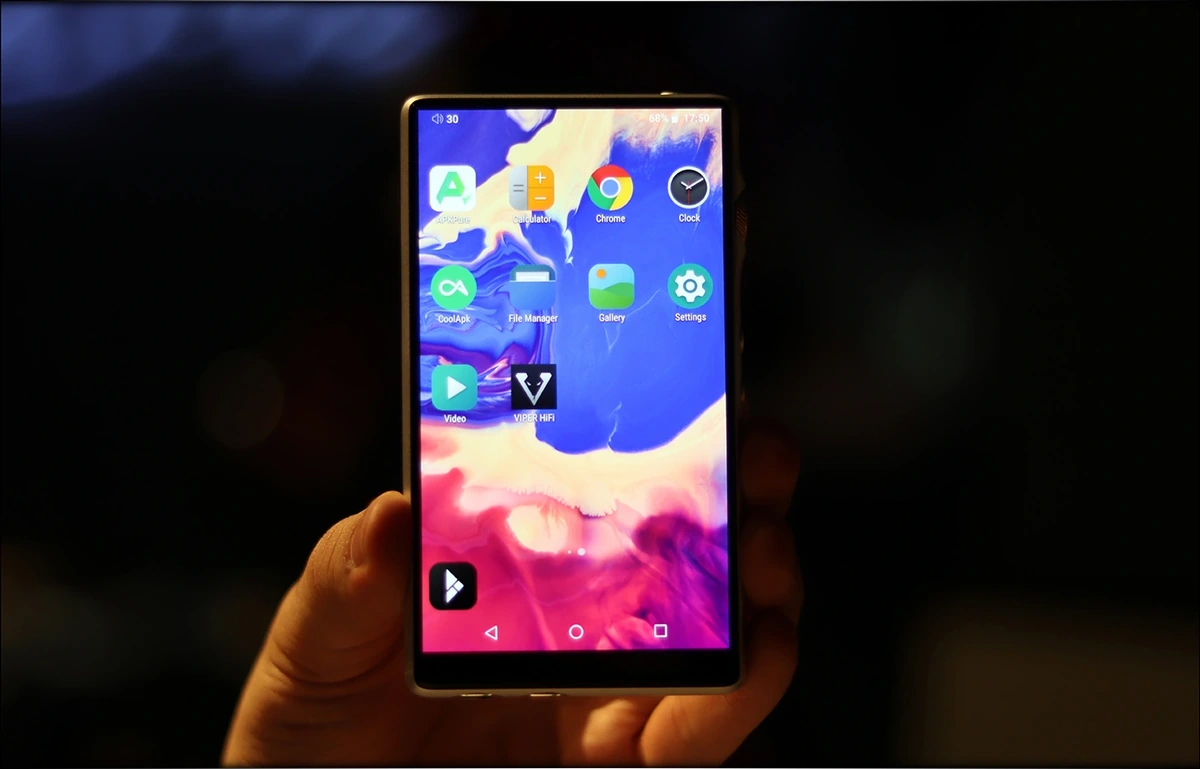
The battery life of DX160 is impressive, and any DAP that can reach about 11 hours of battery life with my torture usage, where I change the songs in between, and listen pretty loud, will last you an entire day of normal usage, or even more, if you don’t listen the entire day.
For those of you who stay connected at all times, DX160 can run Google Play, Google Services, so IDAGIO, ROON, TIDAL, Spotify, and Soundcloud are all going to work. There’s even a Bluetooth 5.0 module inside, so you have bidirectional Bluetooth communication, you can use it as a bluetooth receiver, but also connect bluetooth headphones to it. The Wifi performance is strong enough for me to keep it in my pocket and go for a walk, it downloads everything it needs, from my smartphone, which is acting as a wifi hotspot.
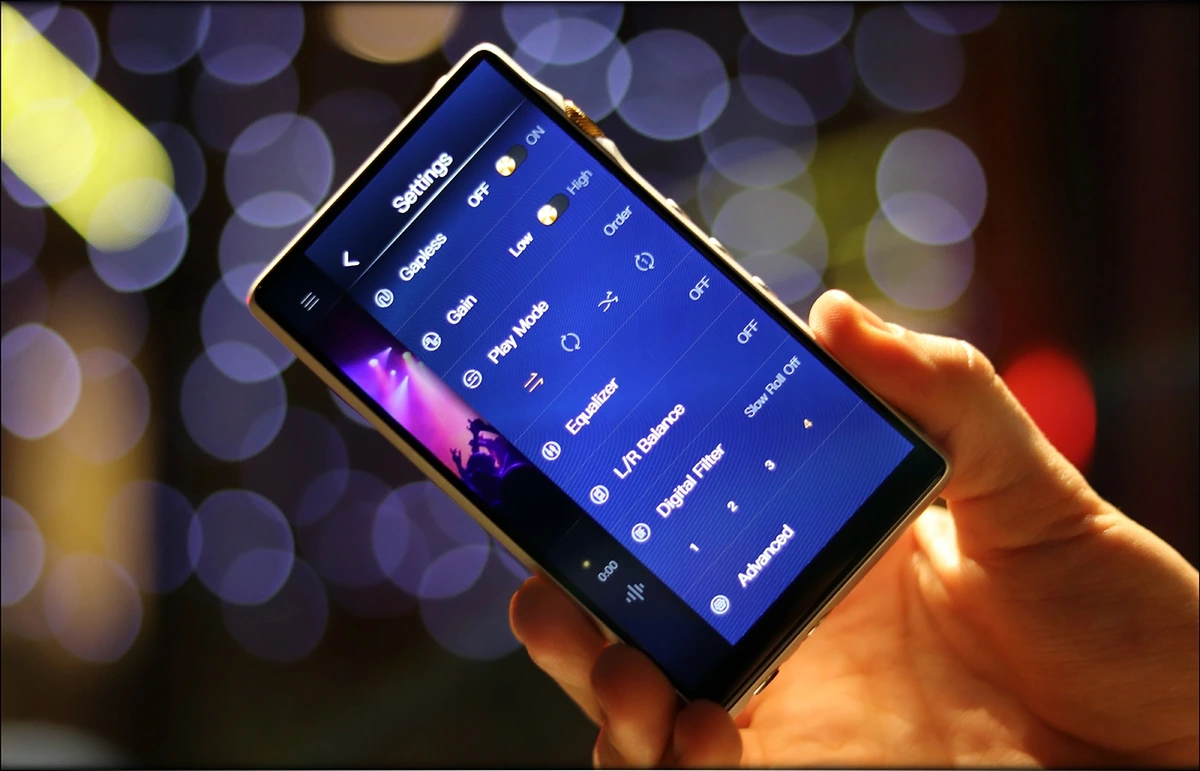
The display is also bright enough to be practical, and I’m really happy to report that using DX160 while in a pocket feels intuitive, the volume wheel comes in handy at all times, the buttons are clicky and satisfying, and it plays music like magic.
The sound is light and snappy, but sweet, it has enough options to configure the sound via its graphic EQ, or parametric EQ, so you could design the sound to work for any headphone, you could tame the untamed, and make a smooth IEM into a beast, with this trickster. It has enough resolution and speed to totally be worth its money as well.
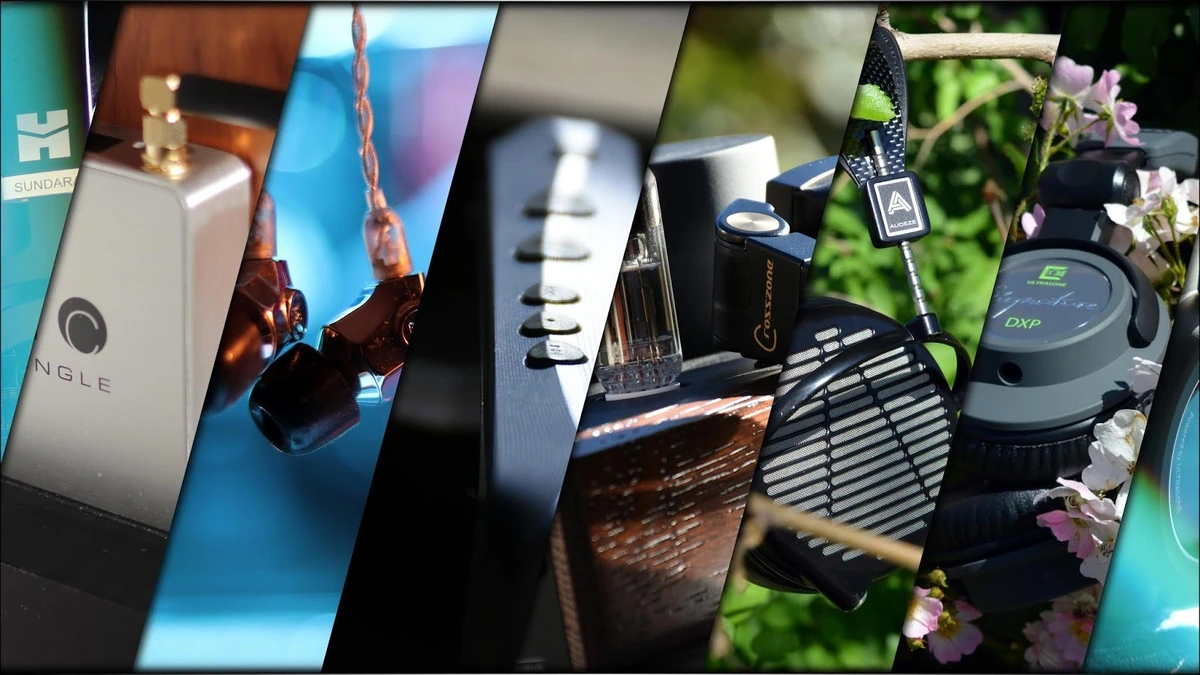
Before the end of this review, I am going to add iBasso DX160 to Audiophile-Heaven’s Hall Of Fame, for being one of the most satisfying to use DAPs of the current time, coming with Android 8.1, having support for Streaming Services, Bluetooth 5.0, a good battery life, and an excellent sound.

At the end of this review, if you’re looking for a DAP to make a companion for a long while, something with enough juice to drive any headphones or IEMs you’ll be using portably, and even some outliers, something that’s snappy, quick, but also wide, and precise, something that’s sweet sounding, and has all the magic you could need from a DAP, I totally recommend to check out iBasso DX160.
Product Link
You can always purchase iBasso DX160 from www.amazon.com here: https://www.amazon.com/iBasso-DX160-Performance-Digital-Player/dp/B07XWRQBTK/
--- Please remember to stay safe, and always have fun while listening to music!---
- If you have a dime to spare, please donate, and help us! It would make the day brighter for me and my wife-
Full Playlist used for this review
We listened to more songs than those named in this playlist, but those are excellent for identifying a sonic signature. I recommend trying most of the songs from this playlist, especially if you’re searching for new music! The playlists are different for Spotify, Tidal and Youtube, and based on the songs I enjoy and are available on each!
https://www.youtube.com/playlist?list=PL_cjBXGmwSHSdGcwuc_bKbBDGHL4QvYBu
https://open.spotify.com/playlist/5J3oloz8Riy9LxEGenOjQ0?si=979ba4f082414be7
https://tidal.com/browse/playlist/330fd544-8e5b-4839-bd35-676b2edbb3d5
--- Contact Us ---






[…] 2025. The same DAC can be found in FiiO Ka15, Hiby R6 PRO II, FiiO K11, Creative Sound Blaster X5, iBasso DX160 and iBasso DX300, although in each in different numbers, this DAC chip having been a popular and […]
[…] and a large 3000mAh battery. It will be compared to other DAC/AMPs, including iFi xDSD (400 USD), iBasso DX160 (400 USD), Palab M1 Mini (500 USD), and Soundaware A1X PRO (700 […]
[…] will be compared to other high-quality DAPs or Digital Audio Players, including FiiO M11 (420 USD), iBasso DX160 (400 USD), Shanling M3X (340 USD), and FiiO M9 (300 USD). As the 399 price is the typical pricing, […]
Super review! Please post that DX170 review quicker my friend, I’m itching to order it
I love the DX160, can’t wait to learn your thoughts on DX170, I’m itching to upgrade to it!
Love the review and all the comparisons you make! Thanks a lot for the info you’re sharing~
Love the review!
Excellent review! Also can’t wait to hear your thoughts on DX170, I know you’re working hard, but that one is the perfect upgrade for me, so looking forward to it~
Super nice review! Hope you’ll also be having a look into DX170
Thanks a lot for the excellent review! Can’t wait to read your take on DX320! I need your input!
Neat review!
Hey George, I ended up ordering one, and I;ve never been happier, thanks a lot for all your help!
Love your review!
This is still my favorite DAP, but I think that I’ll switch to DX320 when iBasso launches it. Please review it, you’re literally the only reviewer I can count on, George
I love the DX160, great job!
Nicely written and nice photos too!
Your reviews are like air for me, really want more of ’em!
Excellent review about an excellent DAP! Please take some time to do DX240 too, I want to get one so badly, and you’re literally the only reviewer I can trust…
I wish I could learn to take photos as good as you. I also wish I ordered this ages ago, it’s so awesome!
My favorite DAP reviewed by my favorite reviewer, thank you!
Excellent review.
Just got one second hand, and I love the fact you reviewed it so well ~
Happy camper here now!
AWesome review, just got one and I never been happier with an MP3 Player before
I ended up ordering a DX160 after your review, and it kicks ass! Really happy with my purchase, can’t wait to have the cash to upgrade the headphones too!
My DX160 lasted 5 days before developing a fault. Sometimes it wouldn’t let you swipe it out of screen lock on bootup. So, with the three DX200’s I’ve owned previously, three out of the four have developed faults. It can’t be a coincidence or just bad luck.
Hiii Darren!
I think it is possible you keep purchasing from a seller that has refurbished units, or someone who is selling broken units intentionately. I remember you live in a pretty unique area and you don’t have access to typical sale services like Amazon. I am sayting this because my DX160 still lives to this day, and I still have a DX220 which I keep bringing back to life, replaced battery, and it still kicks strong.
For any software issue, I would recommend reinstalling the OS with a fresh full firmware reset first, as it may solve any issues.
Will this drive Hifiman Sundarda just fine and will I be able to listen to the music loudly ?
Yes, it should be enough, even if you listen QUITE LOUD! 🙂
Salut George.
Multumesc pentru acest excelent review.
O rugaminte:ma poti ajuta cu egalizatorul parametric?
Nu m-am prins cum functioneaz.
Multumesc.
Salutare,
Ma uit acum dupa un articol folositor, si ne putem auzi pe Head-Fi daca mai ai nevoie de ajutor!
Hola!
Tengo el ibasso dx120;crees que sea una mejora significativa, si voy por el Dx160 🙏🙏🙏🙏🙏🙏🙏
Hello there!
Yes, DX160 should be a significant upgrade in every way, totally recommend going for it.
Thanks for lots of interesting pairings and comparisons! Guess DX160 should be fine for Periodic Be.
Yep, it will be just right, should bring lots of fun with the Periodic Be! 🙂